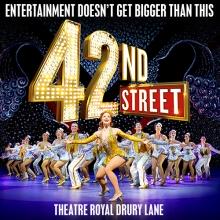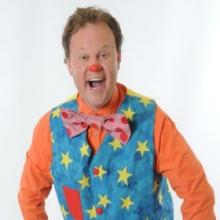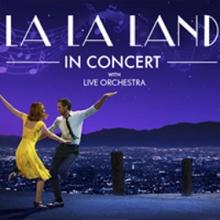Theatre Royal Drury Lane
Gallery Hours
Tuesday - Saturday
12pm - 5pm
T: +61 3 9035 9400
The Theatre Royal Drury Lane that we see today was built in 1812, opening on 10 th October with a production of Hamlet. However, this was not the first theatre on this site – there have been four theatres at this location since 1663, the first being destroyed by a fire in January 1672. The second theatre had a longer life, opening in 1674 and operating as a theatre for 117 years. The next theatre to open on the site was designed by Henry Hollandf and was the largest of the four buildings, with a seating capacity of 3600. This opened in 1794 but it too surrendered to a fire in 1809. Today’s building was designed by Benjamin Wyatt and is the only theatre in London to have two royal boxes in the auditorium. The front of house areas that we use today are almost exactly as they were then, having been extensively restored in 2013 by the current owner, Lord Andrew Lloyd Webber.
Over the life of this incarnation of the Theatre Royal Drury Lane the venue has become heavily associated with musical theatre. The musicals of Rodgers and Hammerstein II played in succession from 1947 starting with Oklahoma!, Carousel in 1950, South Pacific in 1951 and The King and I closed the series with a three year run ending in 1956. The transfer of musicals from Broadway continued in 1958 with Lerner and Loewe’s My Fair Lady, starring Julie Andrews and Rex Harrison. The production played 2,281 performances. The writing duo followed this up in 1964 with their next musical, Camelot, another transfer from New York.
Another Broadway transfer danced its way into Drury Lane in July 1976 - the Pulitzer Prize winning A Chorus Line came to London with its original Broadway cast and played for almost three years, recasting roles with English talent throughout its run. Stephen Sondheim’s Sweeney Todd – The Demon Barber of Fleet Street also made the move across the pond in 1980, opening up shop at the Theatre Royal Drury Lane. Whilst the show had enjoyed success in New York, the British press and audiences were not so taken and the show only managed to play 157 performances. Short runs of The Best Little Whorehouse in Texas and The Pirates of Penzance followed in 1981 and 1982 respectively, but it was the arrival of the tap-dance heavy 42 nd Street in 1984 that saw the theatre packed and reignited the flame for long-running shows. The show played for an impressive 5 years, but couldn’t hold a candle to the theatre’s next tenant - Cameron Mackintosh’s production of Miss Saigon opened in September 1989 and went on to become the theatre’s longest-running tenant, playing over 4000 performances, closing in October 1999. It was recently revived in London at the Prince Edward Theatre in 2014.
The Theatre Royal Drury Lane was been home to the musical Charlie and the Chocolate Factory from June 2013, and in March 2017, the musical 42nd Street opened at the theatre.
Seating
The auditorium has four levels – Stalls, Royal Circle, Grand Circle and Balcony. It is a beautiful auditorium – probably the most attractive of the West End’s theatres.
The seats in Row S of the Stalls and onwards are affected by the overhang of the Royal Circle, but the Stalls do offer great views of the stage and the legroom is very good.
In the Royal Circle the view of the stage is affected from Row H onwards by the overhang of the Grand Circle. The seats do feel quite set back from the stage, but the view is generally very good.
The Upper Circle feels relatively close to the stage for its height and views from this level of the theatre are surprisingly good.
The Balcony is set very high up and although a strong rake helps to give good sightlines to the stage many people have suffered from vertigo at this level.






